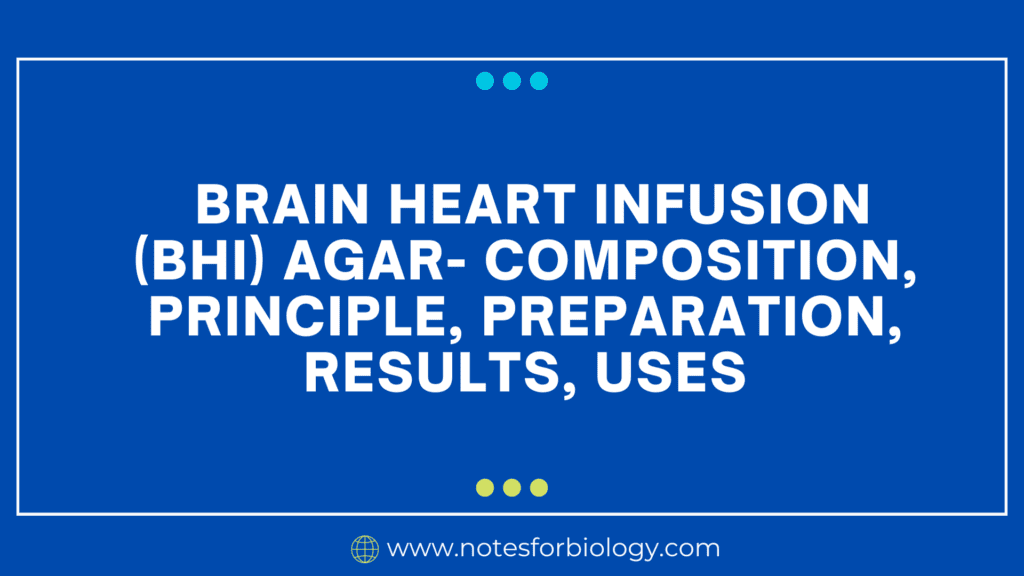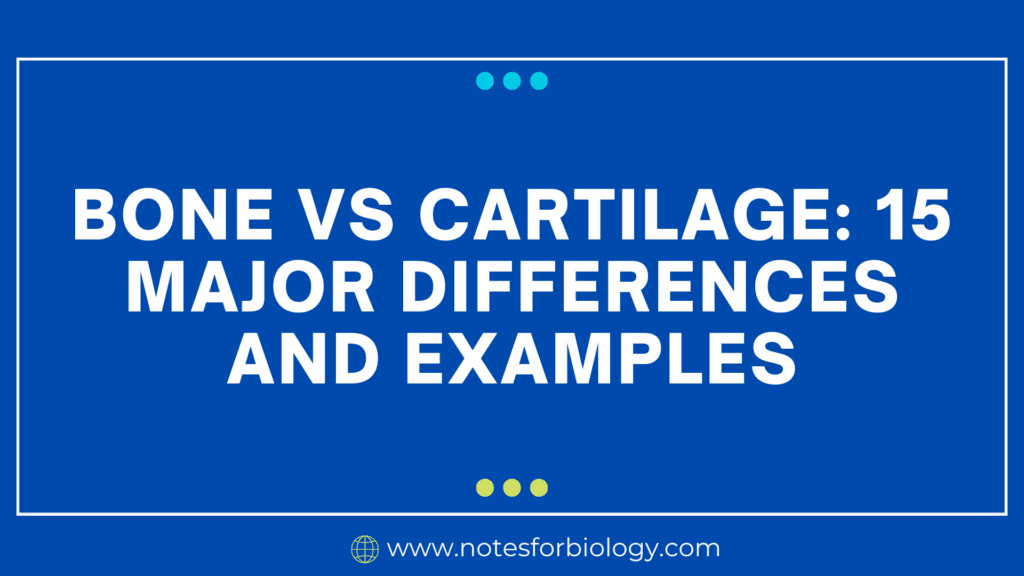Botulism Food Poisoning by Clostridium botulinum
What is Botulism ? A toxin generated by the bacterium Clostridium botulinum causes the uncommon but deadly disease known as botulism. This toxin causes paralysis by interfering with the neurological system. It is One dangerous and sometimes fatal illness. See a doctor right away if you think you or someone you know may have it. […]
Botulism Food Poisoning by Clostridium botulinum Read More »










